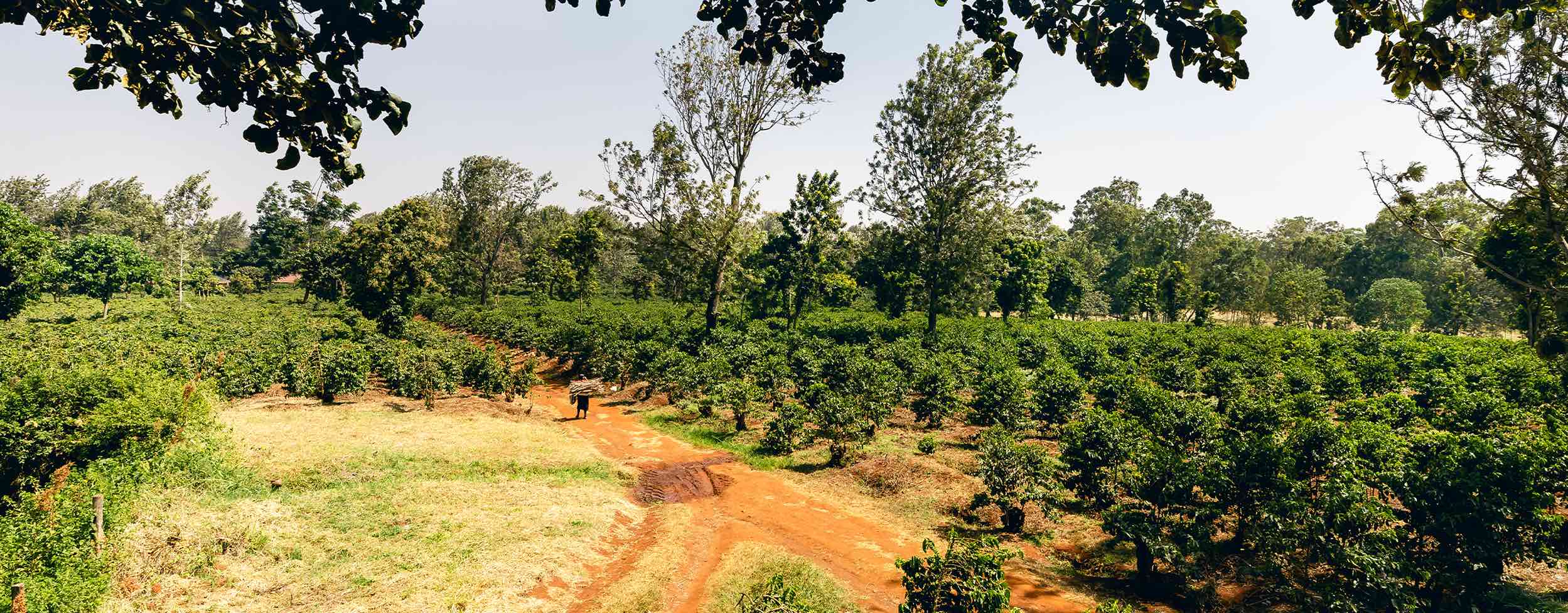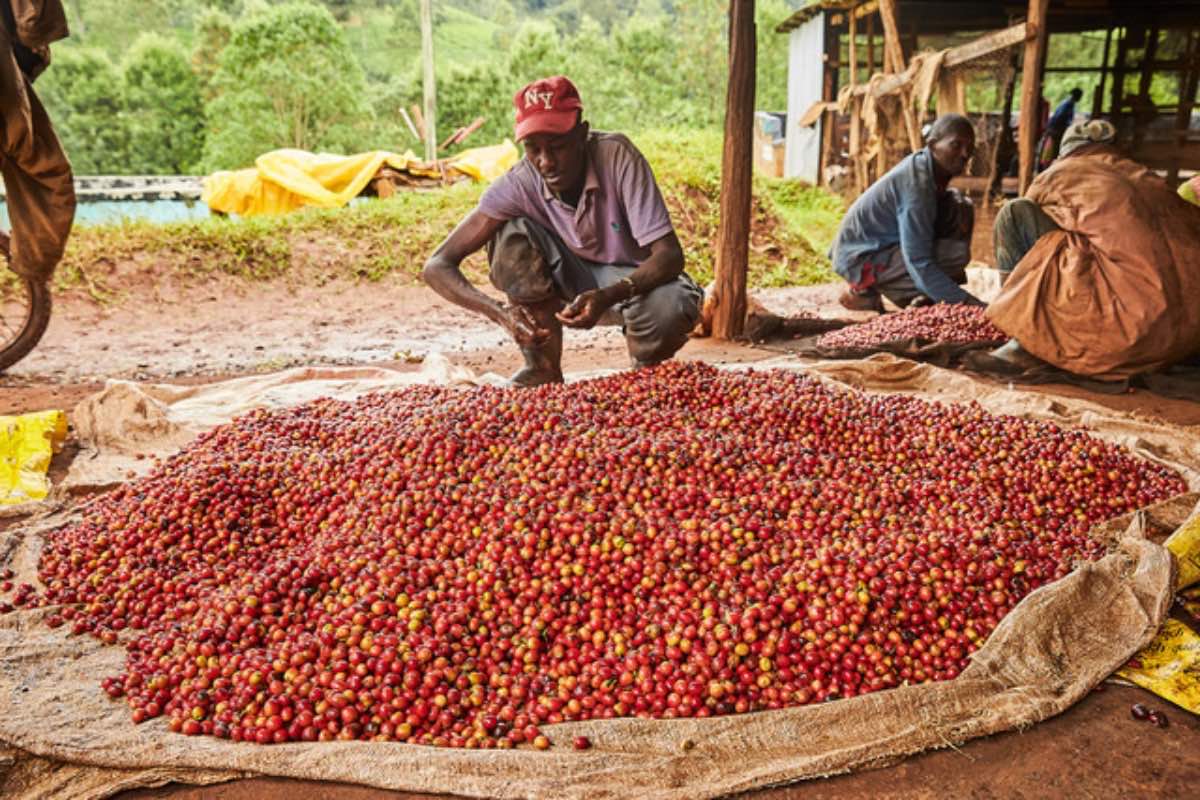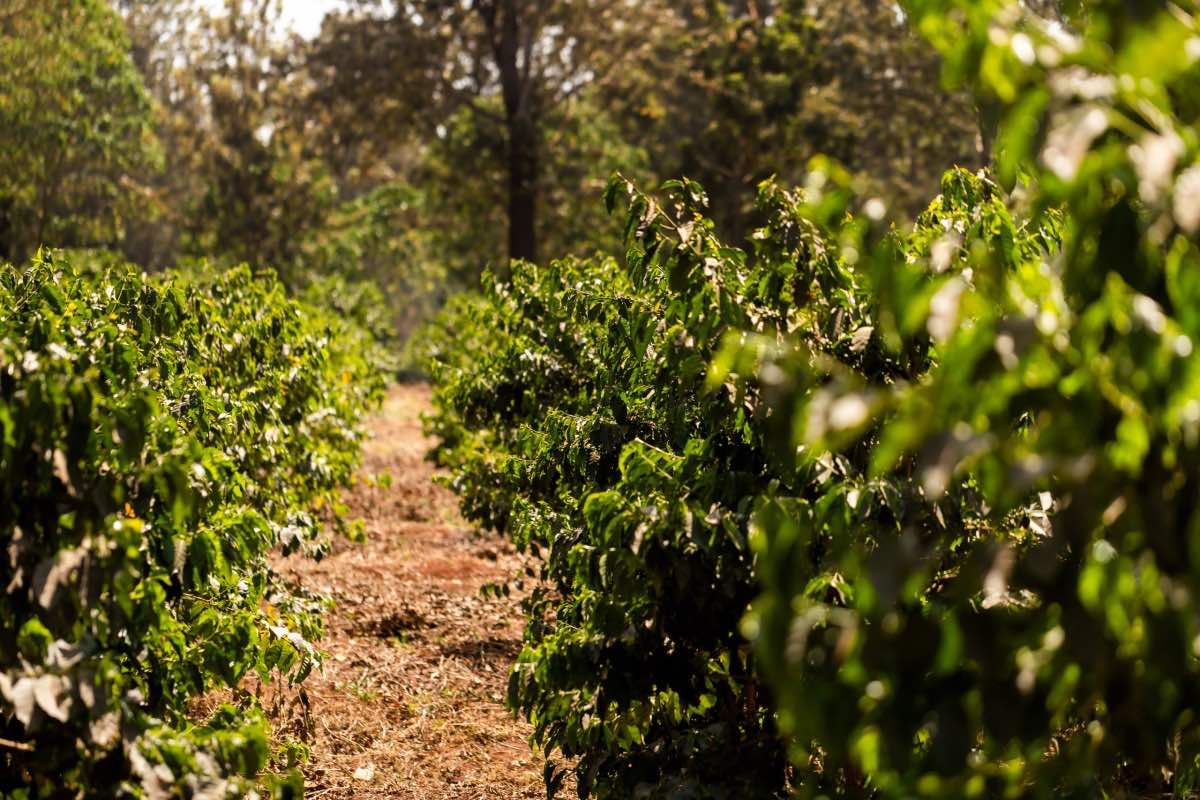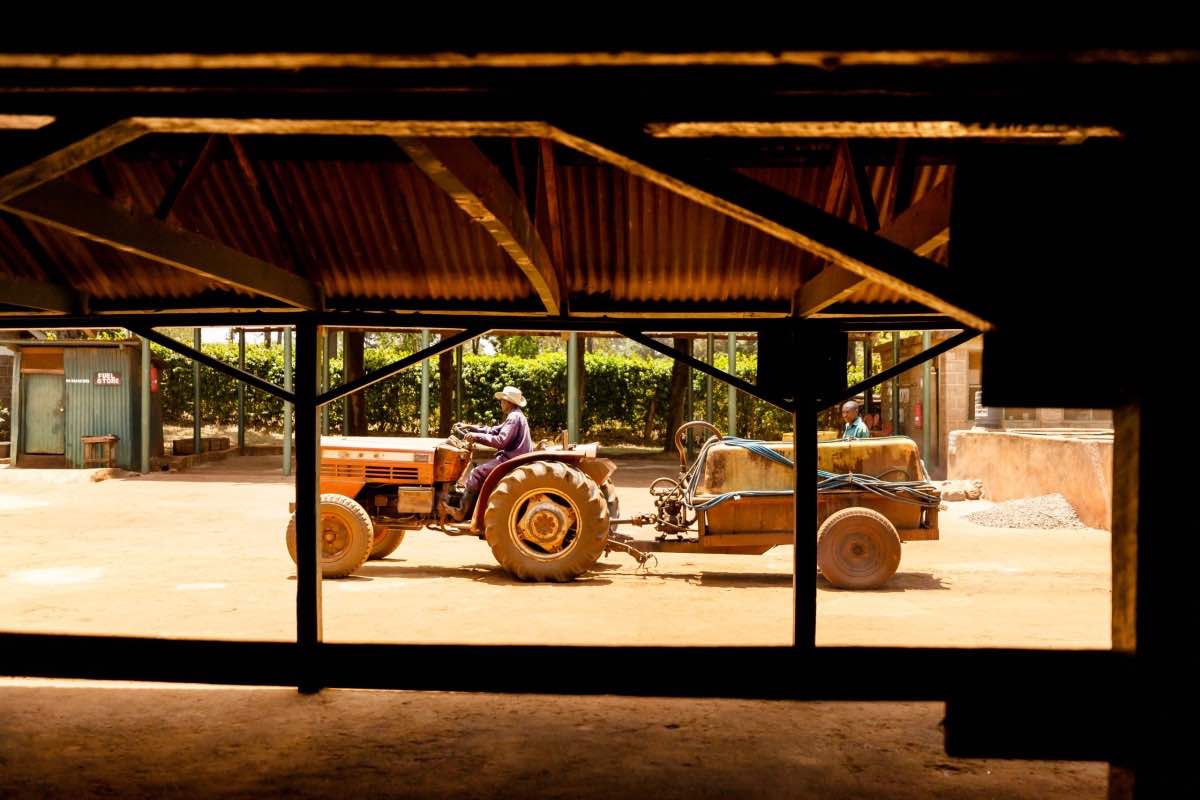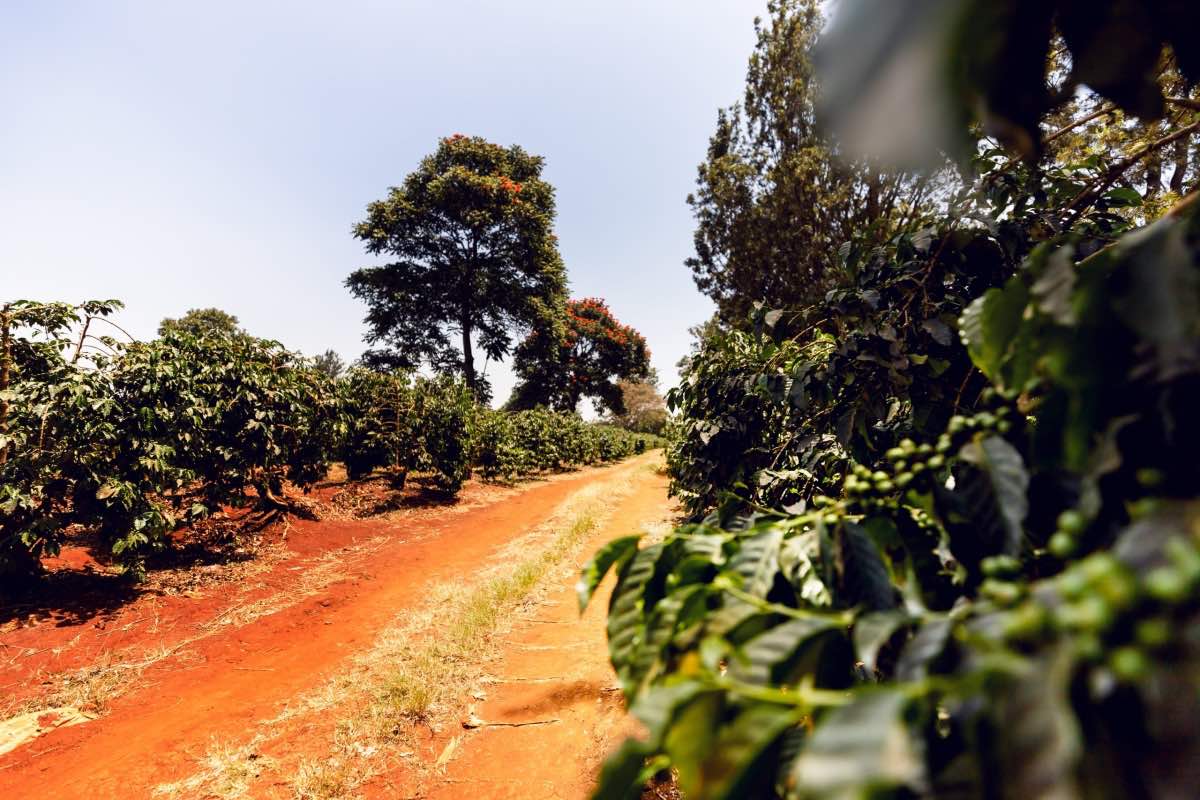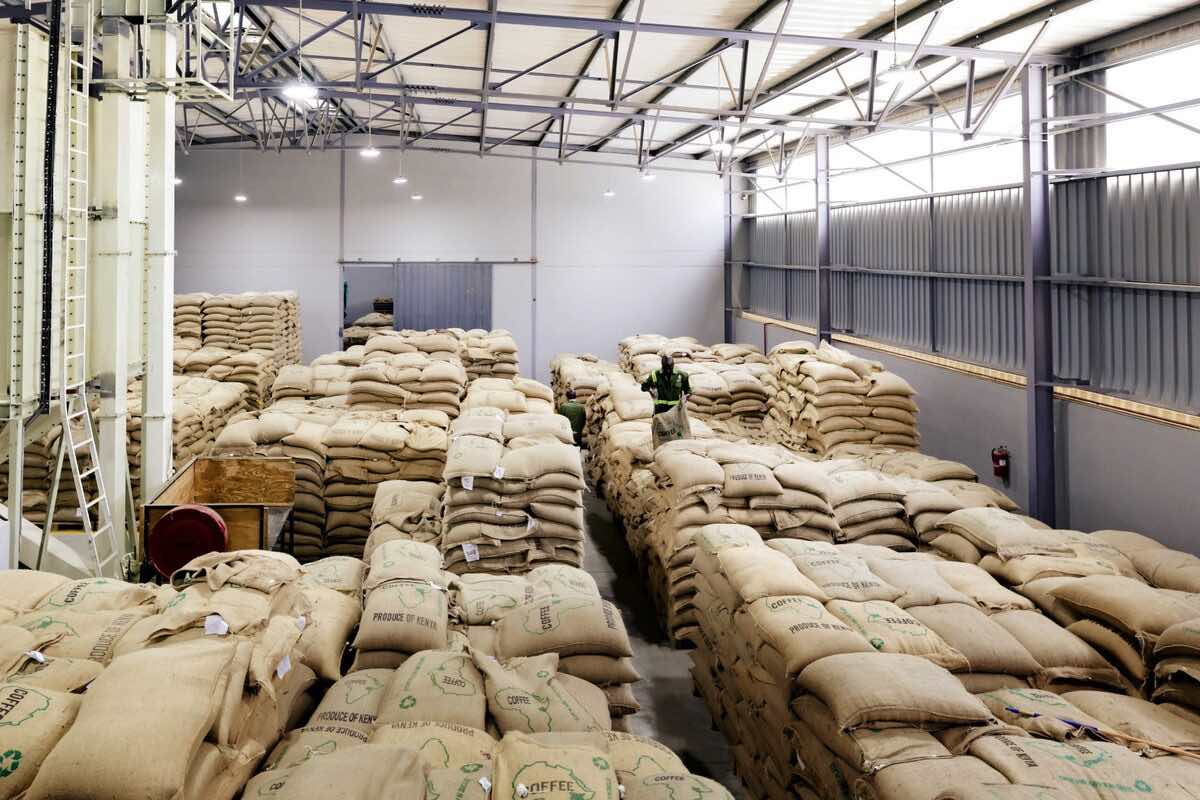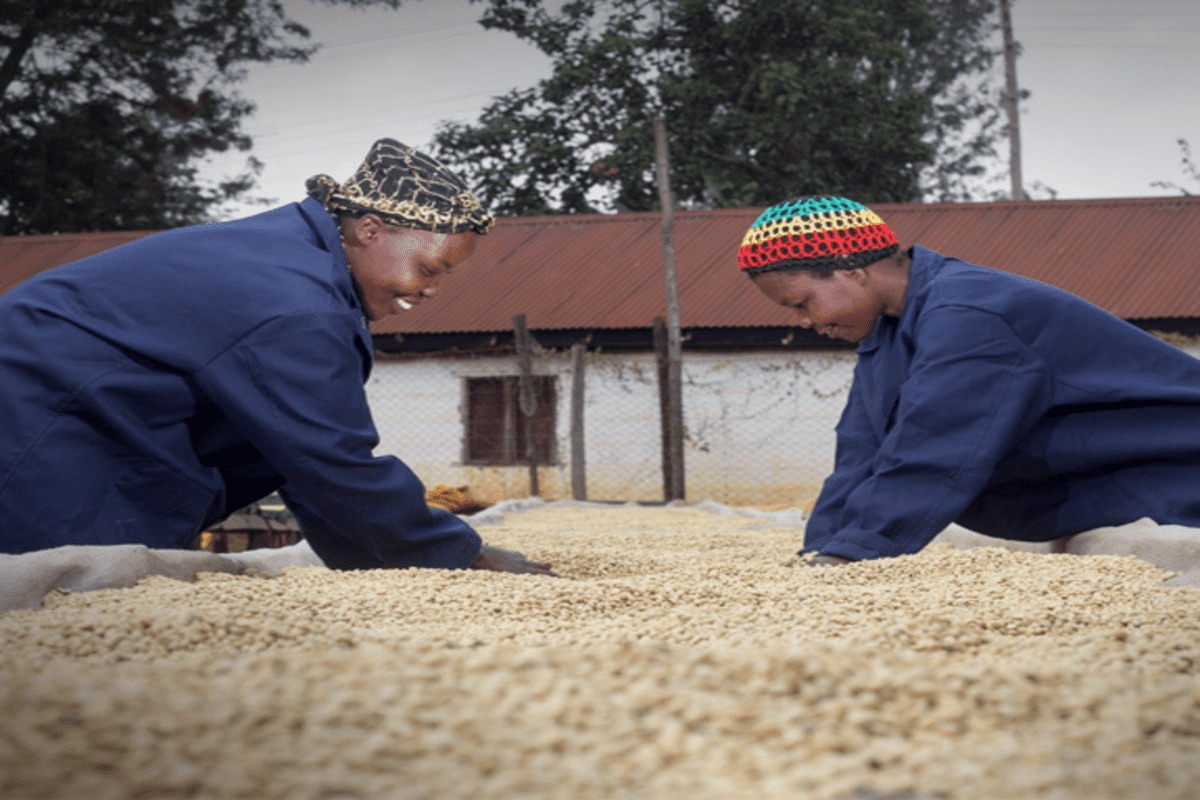Mastering the Art of Coffee Farming: Top Tips for Success
Introduction:Mastering the Art of Coffee Farming: Top Tips for Success
Coffee is one of the world’s most popular beverages, enjoyed by millions of people every day. Behind each aromatic cup lies the hard work and dedication of coffee farmers. Coffee farming is both an art and a science, requiring meticulous attention to detail and a deep understanding of the crop. If you’re considering venturing into coffee farming or are already a coffee farmer looking to enhance your skills, this blog post is for you.In this blog post, we will explore some top tips we use for coffee farming that can help farmers achieve success and produce high-quality beans.
1. Choose the Right Coffee Variety:
Selecting the appropriate coffee variety for your specific climate, altitude, and soil conditions is crucial. Different coffee varieties have distinct requirements and adaptability. Consult with local experts or agricultural extension services to determine which variety suits your region best. Popular varieties include Arabica and Robusta, each with its own set of characteristics and growing conditions.
2. Focus on Soil Health:
3. Optimal Altitude and Microclimate:
4. Implement Adequate Shade:
5. Pruning and Plant Maintenance:
6. Irrigation and Water Management:
7. Integrated Pest and Disease Management:
8. Harvesting and Processing:
Conclusion:



